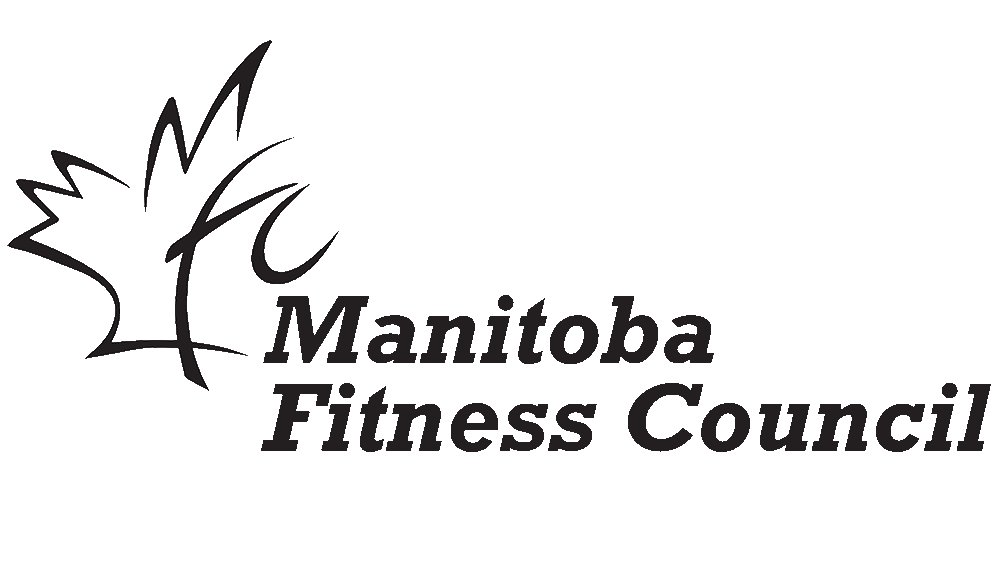MFC CONCUSSION PROTOCOLS

Concussion Information
Since the circumstances under which a concussion can be sustained are so varied, it’s important for all Fitness Leaders and Personal Trainers to be aware of the signs, symptoms, and what to do if a concussion occurs.
CONCUSSION
Concussions can occur while participating in any fitness class or recreational activity. Since the circumstances under which a concussion can be sustained are so varied, it’s important for all coaches, parents, and athletes to be aware of the signs, symptoms, and what to do if a concussion occurs.
Sport Manitoba has created the following Concussion Protocols and we are confident that the protocols developed contain current best practice standards. We are committed to increasing education and awareness that will assist in gaining the knowledge and skills required to ensure the safety of our participants.
What is a concussion?
A concussion is a brain injury that cannot be seen on routine x-rays, CT scans or MRIs. Any blow to the head, face, neck, or a blow to the body that jars the head, could cause a concussion.
CONCUSSION FAQ
WE’VE DEVELOPED A FACT SHEET TO HELP ANSWER COMMON QUESTIONS PARTICIPANTS MAY HAVE ABOUT CONCUSSIONS AND CONCUSSION MANAGEMENT
- What is a concussion?
A concussion is a common form of head and brain injury and can be caused by a direct or indirect hit to the head or body (e.g., a car crash, fall, or sport injury). This causes a change in brain function, which results in a variety of symptoms. With a concussion there is no visible injury to the structure of the brain, meaning that tests like MRI or CT scans usually appear normal.
- What actually happens?
When a person suffers a concussion, the brain suddenly shifts or shakes inside the skull. It is not yet known exactly what happens to brain cells in a concussion, but the mechanism appears to involve a change in biological functioning.
In the minutes to days following a concussion, brain cells remain in a vulnerable state. New research emphasizes that the problem may not be the structure of the brain tissue itself, but how the brain is working. The exact length of this change is unclear. During this time, the brain does not function normally on a temporary basis and is more vulnerable to a second head injury.
- How do concussions occur?
Most concussions occur as a result of a collision with another object while the object or person is moving at a high rate of speed. Forces such as these (and others) can result in concussions.
- Who to tell?
It is important to seek medical assessment immediately after a high impact hit to the head or body. Often, concussions can go untreated (and even unnoticed by others) because symptoms are unreported or unrecognized.
Although symptoms may not be immediately apparent, it is important to be aware of possible physical, cognitive, and emotional changes. Symptoms may actually worsen throughout the day of the injury or even the next day. Without proper management, a concussion can result in persistent symptoms that can seriously affect one’s quality of life.
Because a concussion can occur in exercise and non-exercise settings it is important that others be aware of the signs and symptoms of concussions in order to help identify the injury in others. Individuals should be removed immediately from the current activity (including sports, work and school), should not drive, and seek medical attention immediately.
- Symptoms of a concussion (FULL LIST BELOW)
Following a concussion, individuals may experience many different signs and symptoms. A symptom is something the athlete will feel, whereas a sign is something friends, family or a coach may notice. It is important to remember that some symptoms may appear right away and some may appear later. No two concussions are the same. The signs and symptoms may be a little different for everyone. Some may be subtle and may go unnoticed by you as the injured person, co-workers, friends and family.
- Screening and diagnosis
Most concussions recover completely with proper rest and management in a week or two, but concussions that are not diagnosed can lead to long-term and more serious health implications. The first and most important step is to consult a medical doctor, preferably one familiar with concussion management.
There are many potential factors that may help to inform individual diagnosis, concussion management and recovery.
Return to activity while still concussed and experiencing symptoms can lead to more intense symptoms and a prolonged recovery.
Diagnosing a concussion may take several steps. A medical doctor may ask questions about concussion and work/sport history, other recent injuries, and will conduct a physical and neurological exam. This can include checking your memory and concentration, vision, coordination and balance. Further tests may include a CT scan or MRI, but these are rarely necessary to make a clinical diagnosis of concussion. Sometimes the role of neuropsychological testing is important in identifying subtle cognitive (e.g., memory, concentration) problems caused by the concussion and may at times help to plan return to pre-injury activity.
- When should I return to activity?
Working under the supervision of a medical doctor, concussed individuals wishing to resume daily activities must follow the graduated stages of recovery as detailed within the “Return to School” (in the case of students) and “Return to Sport” strategies. Concussed individuals should work with their medical doctor to obtain guidance on making a safe and gradual return to school, work and sport activities
- Prevention
It is important to take a preventive approach when dealing with concussions. This is especially true after a recent concussion. Prevention of concussions and head injuries is most successful when teammates and colleagues are properly educated and the safety rules of the working and sporting environment are enforced. Respect for the mutual safety of others must be highlighted. Because concussions are an invisible injury, it is important to share concussion information with others – to inform them of the injury and provide information education on concussions.
Protective equipment can reduce the risk and severity of the head injury. Safety procedures should be mandated on worksites and protective equipment should be certified and well maintained.
WHAT IS A CONCUSSION?
A concussion is a brain injury that can’t be seen on x-rays, CT or MRI scans. It affects the way an athlete thinks and can cause a variety of symptoms.
WHAT CAUSES A CONCUSSION?
Any blow to the head, face or neck, or somewhere else on the body that causes a sudden jarring of the head may cause a concussion. Examples include getting body-checked in hockey or hitting one’s head on the floor in gym class.
WHEN SHOULD I SUSPECT A CONCUSSION?
A concussion should be suspected in any athlete who sustains a significant impact to the head, face, neck, or body and reports ANY symptoms or demonstrates ANY visual signs of a concussion. A concussion should also be suspected if an athlete reports ANY concussion symptoms to one of their peers, parents, teachers, or coaches or if anyone witnesses an athlete exhibiting ANY of the visual signs of concussion. Some athletes will develop symptoms immediately while others will develop delayed symptoms (beginning 24-48 hours after the injury).
WHAT ARE THE SYMPTOMS OF A CONCUSSION?
A person does not need to be knocked out (lose consciousness) to have had a concussion. Common symptoms include:
- Headaches or head pressure •
- Dizziness •
- Nausea and vomiting •
- Blurred or fuzzy vision •
- Sensitivity to light or sound •
- Balance problems •
- Feeling tired or having no energy •
- Not thinking clearly •
- Feeling slowed down •
What ARE THE VISUAL SIGNS OF A CONCUSSION?
Visual signs of a concussion may include:
- Lying motionless on the playing surface •
- Slow to get up after a direct or indirect hit to the •
- Easily upset or angered
- Sadness
- Nervousness or anxiety
- Feeling more emotional
- Sleeping more or sleeping less
- Having a hard time falling asleep
- Difficulty working on a computer
- Difficulty reading
- Difficulty learning new information
- Blank or vacant stare
- Balance, gait difficulties, motor incoordination, head stumbling, slow labored movements
- Disorientation or confusion or inability to respond • appropriately to questions •
- Facial injury after head trauma
- Clutching head
If any participant is suspected of sustaining a concussion during an activity they should be immediately removed from activity. Any participant who is suspected of having sustained a concussion during the activity must not be allowed to return to the same class the same day.
CONCUSSION TRAINING AND CECS
The Concussion Awareness Training Tool (CATT) is a series of online educational modules and resources addressing concussion recognition, diagnosis, treatment, and management. Good concussion management is pivotal to minimizing the risk of brain damage and may reduce long-term health consequences.
1 CEC is available for completion of the CATT Concussion Training Tool. Please provide your training certificate to us upon completion to get your CEC!
Looking for something? Use our site search below. | Address: 370- 112 Market Ave, Winnipeg, MB, R3B 0P4 |

